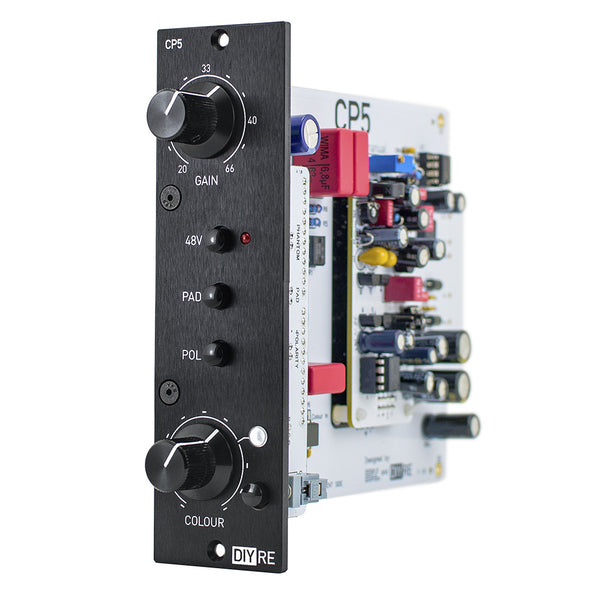jdduffield
Active member
I’m thinking about building a reverb pedal for vocals. (FV1)
This means I would be working with XLR instead of 1/4” mono guitar jacks. What are some things I need to consider when designing a circuit with XLR jacks? For example, I imagine I will need to keep power negative and earth separated. I imagine I will need to handle the possibility of 48V phantom power making its way up the output cable. Any thoughts or advice is welcome.
This means I would be working with XLR instead of 1/4” mono guitar jacks. What are some things I need to consider when designing a circuit with XLR jacks? For example, I imagine I will need to keep power negative and earth separated. I imagine I will need to handle the possibility of 48V phantom power making its way up the output cable. Any thoughts or advice is welcome.
Last edited:

